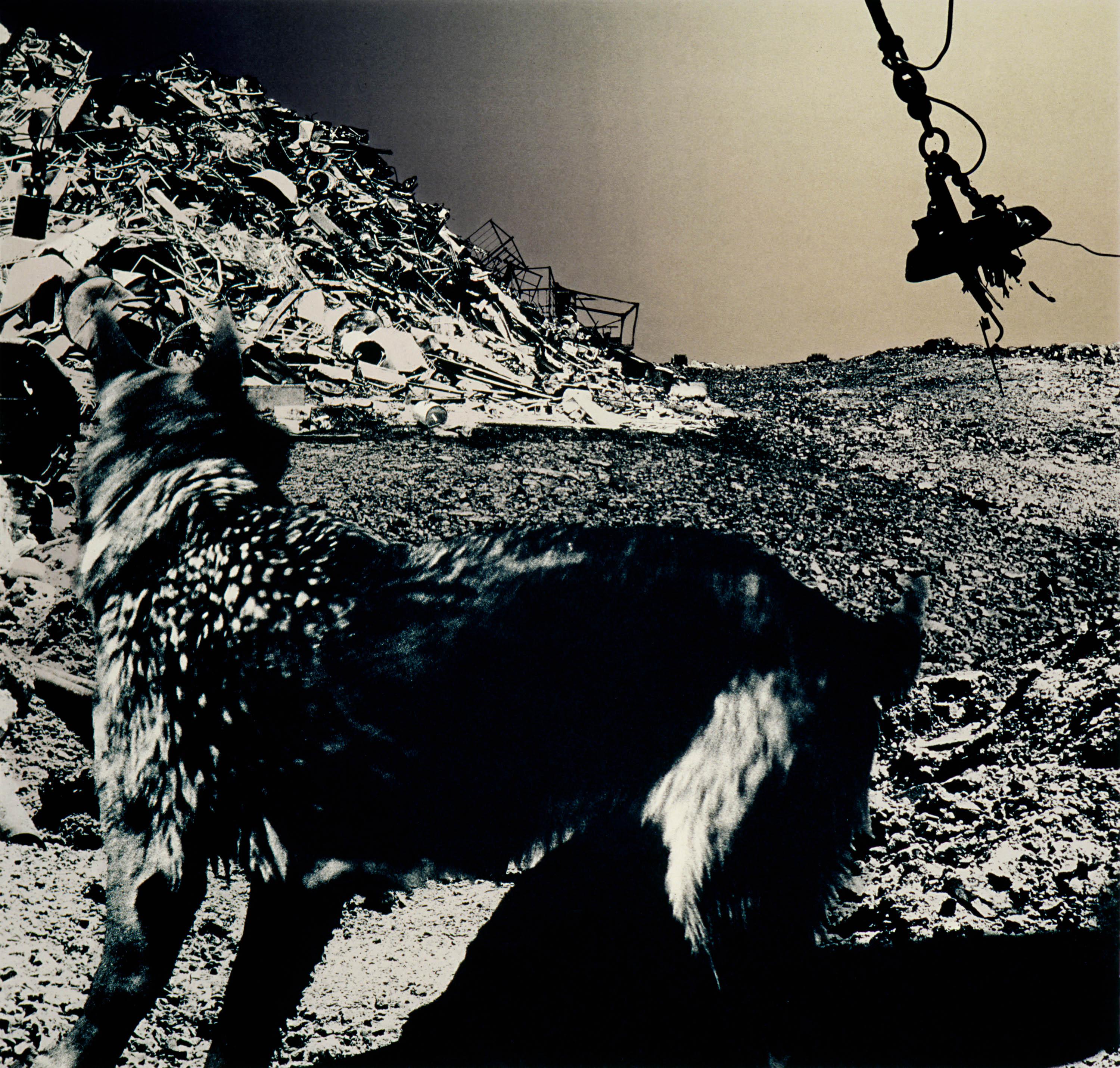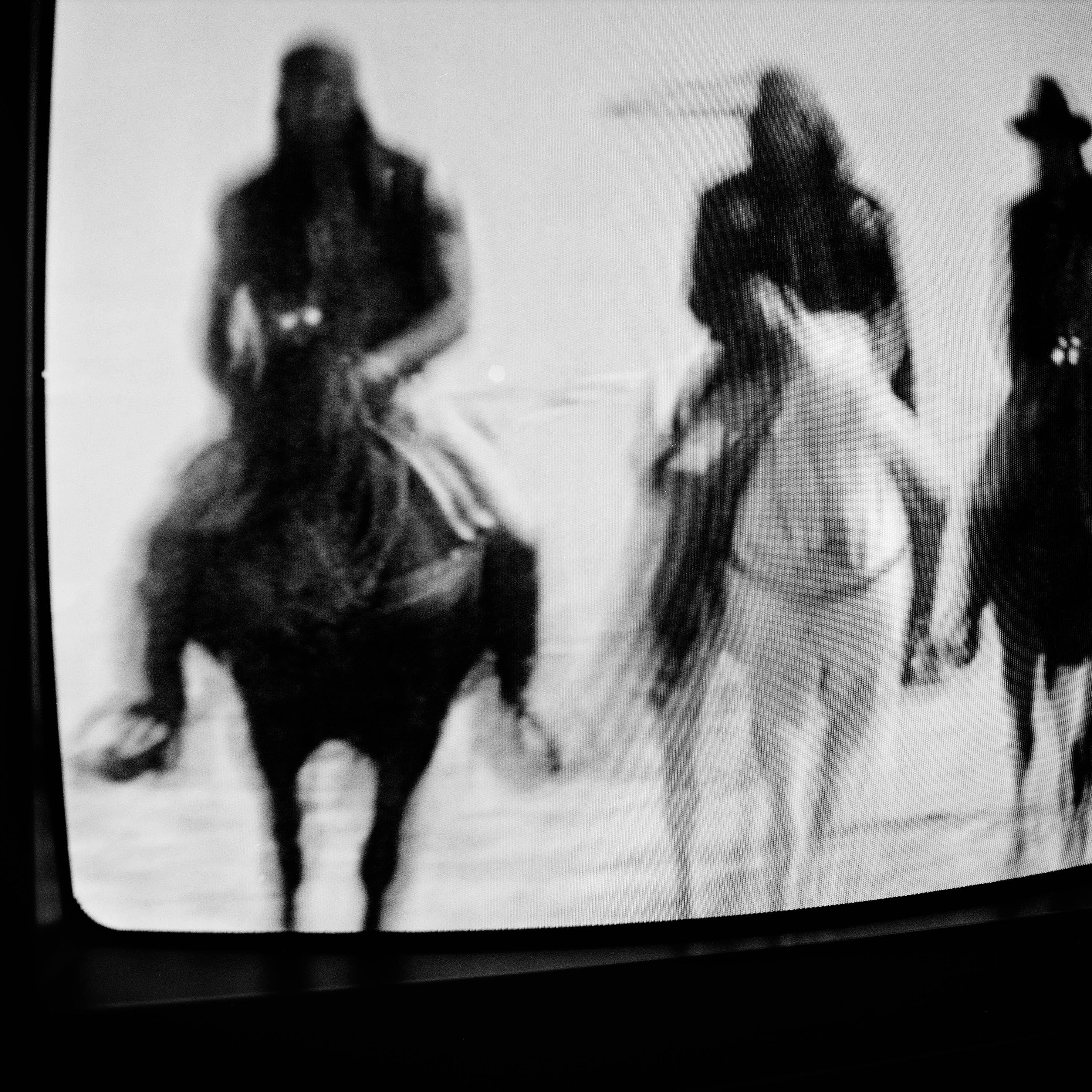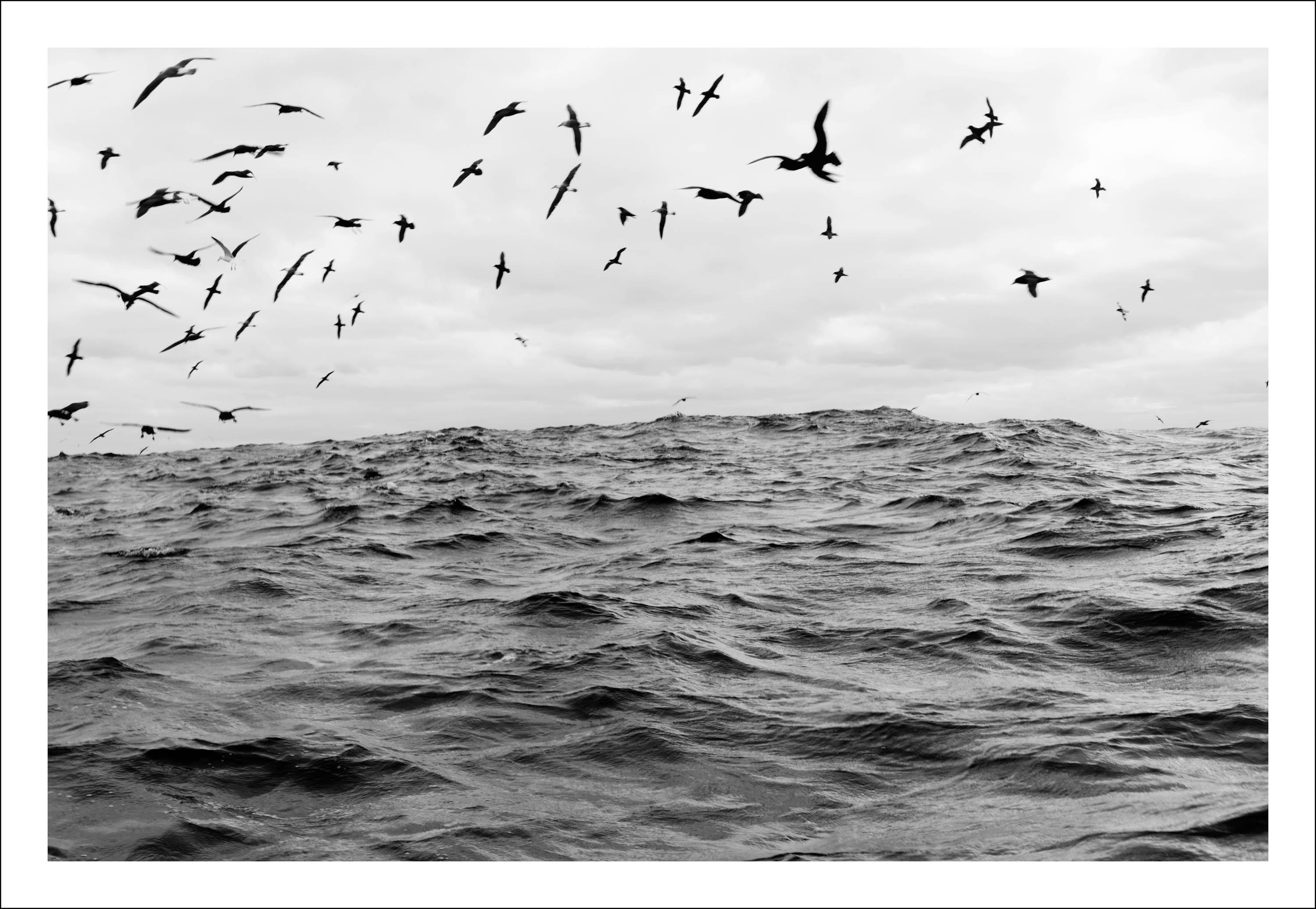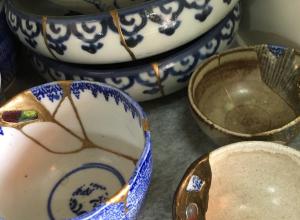DRIVES spans the museum’s dedicated photography galleries in the Allerton Building and Bucksbaum Gallery in the Modern and Contemporary Wing, bringing together several varied bodies of work in a visual road trip. Alternating between documentary pictures and “low-tech” and other experimental techniques, Ractliffe amplifies the uncanny dimension of seemingly ordinary scenes. At times the artist has strayed over the border, as when she spent the years from 2007 to 2015 tracing outcomes of civil war in neighboring Angola—a long-running conflict in which South Africa played a clandestine but major role. DRIVES emphasizes the dualities of the artist’s oeuvre. Private subjects are paired with public, rational states with irrational, dreams with reality.
The scroll-like photograph Vlakplaas 2 June 1999: Drive-By Shooting—nearly 8 feet long—brings viewers to a quaint farm in the countryside west of Pretoria, once the headquarters of a notorious state security unit under the command of Captain Eugene de Kock, nicknamed Prime Evil. N1 Incident/End of Time (1996/1999) records the mysterious, unsolved murder of donkeys alongside the national N1 highway in the Karoo desert. The desolate scene lies along traveling grounds for the Karretjiemense, or “Donkey Cart People,” itinerant sheep shearers who are among the country’s poorest citizens. The 65-foot-long, 20-part photo work Port of Entry (2001) was made by Ractliffe alongside filmmaker Sebastian Diaz Morales as the two cruised Durban like hallucinating wanderers, while her series Real Life (2004)—life as prison and poem at once—captures in vivid color nighttime and backyard scenes from the artist’s home.




























![DEl Kathryn Barton [Australian b. 1972] the more than human love , 2025 Acrylic on French linen 78 3/4 x 137 3/4 inches 200 x 350 cm Framed dimensions: 79 7/8 x 139 inches 203 x 353 cm](/sites/default/files/styles/image_5_column/public/ab15211bartonthe-more-human-lovelg.jpg?itok=wW_Qrve3)
